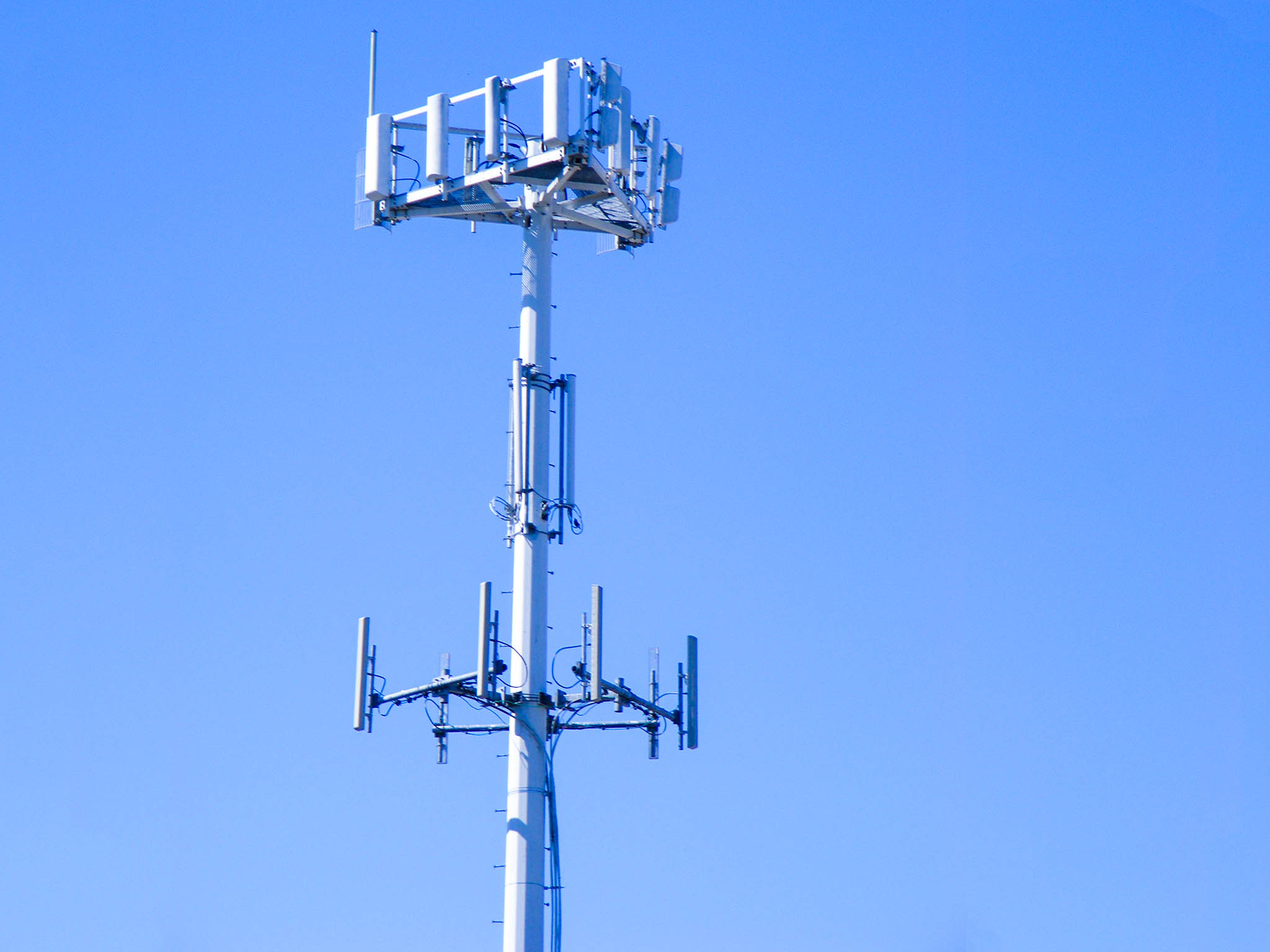If you've ever wandered through a town and spotted tiny mini 5G cell towers placed on poles for street lighting. They look like little boxes, but they're actually broadcasting wireless signals from cellular providers to your phone.
They are replacing larger built cell towers. While they're less noticeable however, they could cause problems for people.
A FCC's Radiation Exposure Thresholds
The FCC's Radiation Exposure Thresholds determine the maximum amount of time a person can be exposed to electromagnetic radiation from wireless devices. The exposure limits are based on scientific data that show that RF energy can cause harm to health.
The absorption rate specific (SAR) is a measure of the radiofrequency energy that is absorbed by tissue. It's typically 1.6 watts per kilogram, calculated over one gram of tissue.
But, since 5g operates at higher frequencies this could be able to increase the intensity of energy on the skin and other exposed body areas. This can lead to various potential harms, including exacerbated development of skin diseases such as dermatitis, skin cancer and cataracts.

Because of the potentially harmful effects of radiation from 5G, PSU has chosen to create a general power density limit of 4 mW/cm2 based on the average over 1 cm2, and not to exceed 30 minutes, for all 5G services running at 3000 GHz. This localized limit is in accordance with the peak SAR that is spatially averaged at 1.6 W/kg, averaged over one grams of tissues at six GHz.
The FCC's Maximum Exposure Thresholds for Maximum Exposure
In the event that you've used mobile phone, you probably know that the safest location from the tower should be at least 400 meters. This is due to the power of transmission from a cell tower increases dramatically the further away the tower is.
While what is a safe distance from a cell tower sounds like an ideal idea, the reality is that those living close to towers might be more prone to health problems. For instance, a study conducted in 2014 in India found that residents living within 50 meters of cell towers experienced significant more health issues than those who lived farther away from the antennas.
However, this study also revealed that those who relocated into areas farther away from the cell towers saw their symptoms return to normal within a couple of days. Another study has shown that exposure to high levels of radiofrequency electromagnetic fields (EMFs) could cause brain tumors, cancer and other health issues.
This is due to the fact that radiofrequency radiation, used in wireless communication can be absorbed by the body's outer layer, called the skin. This is vital to be aware of because the skin acts as a barrier to protect against injuries caused by mechanical forces, infections caused by pathogenic microorganisms and the entry of harmful substances. The skin is the most important organ of the human body. It is accountable for protecting other organs.
The FCC's Minimum Exposure Thresholds for the Minimum Exposure
The FCC's Minimum Exposition Thresholds are based upon various assumptions that aren't supported by evidence from science. They include the incorrect belief that exposures to RF radiation is safe because of the minimal penetration into the body (i.e. the heating of tissues).
This also overlooks the greater penetration of ELF parts of the modulated RF signal as well as the effects of short bursts of heat from pulsed RF waves. These assumptions are not in line with current understanding of the biological consequences of RF radiation. Therefore they shouldn't be considered for health protection exposure standards.
In addition, the ICNIRP and FCC restrict the maximum limits of exposure to peak local SARs, based on the peak spatial specific absorption rate (psSAR), which can be described as not a reliable dosimetric instrument to determine the degree of exposure to RF radiation. Particularly, psSAR is inaccurate when frequencies exceed 6 GHz. Additionally, psSAR hasn't been tested for RF radiation with co-exposure to other agents of the environment such like sunlight. what is a safe distance from a 5g cell tower of RF radiation with other environmental agents may produce synergistic or antagonistic results. This can lead to an increased risk of adverse health adverse effects. For what is a safe distance from a 5g cell tower , exposure to RF radiation along with exposure to sunlight can cause an increase in the incidence of skin cancer and exacerbate other skin disorders, such as acne.
